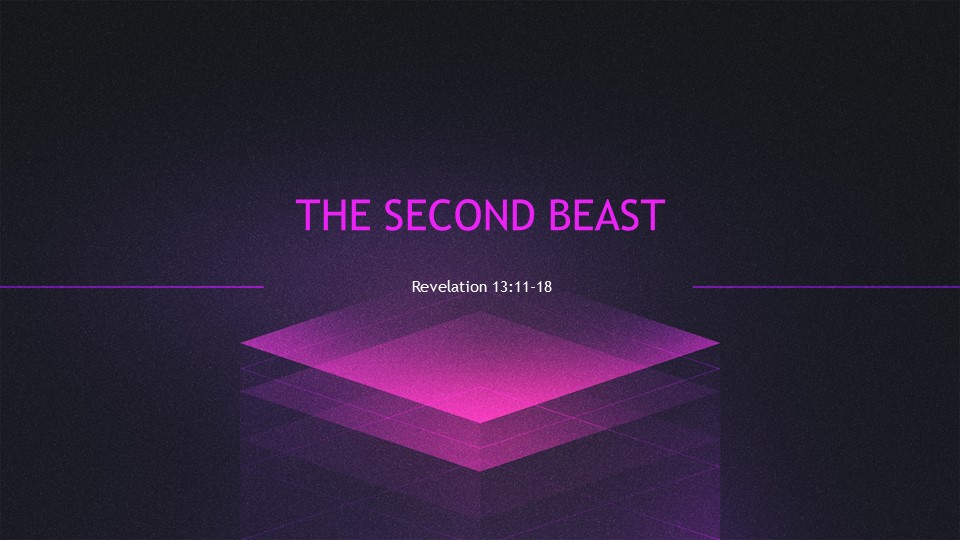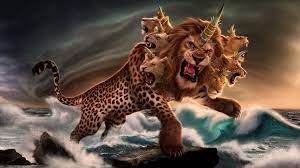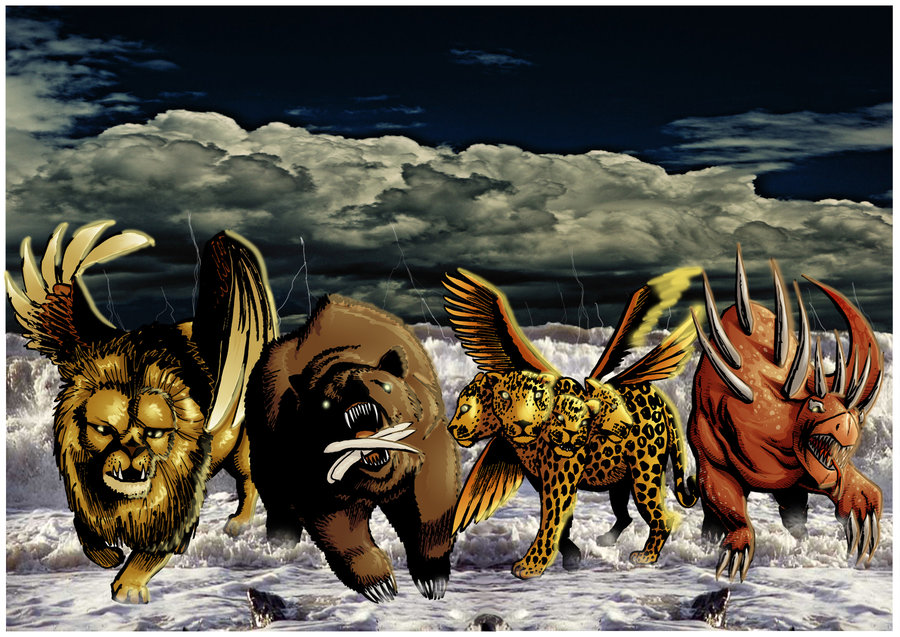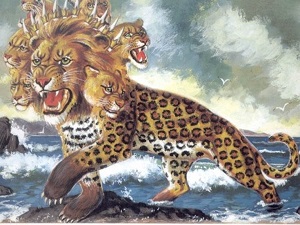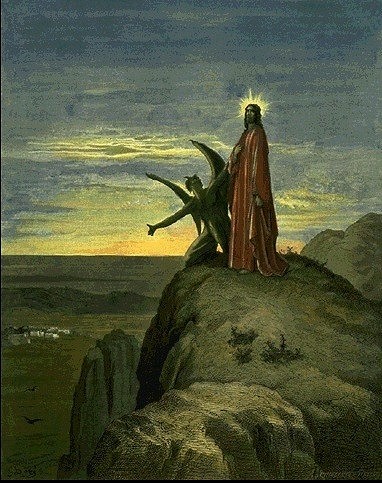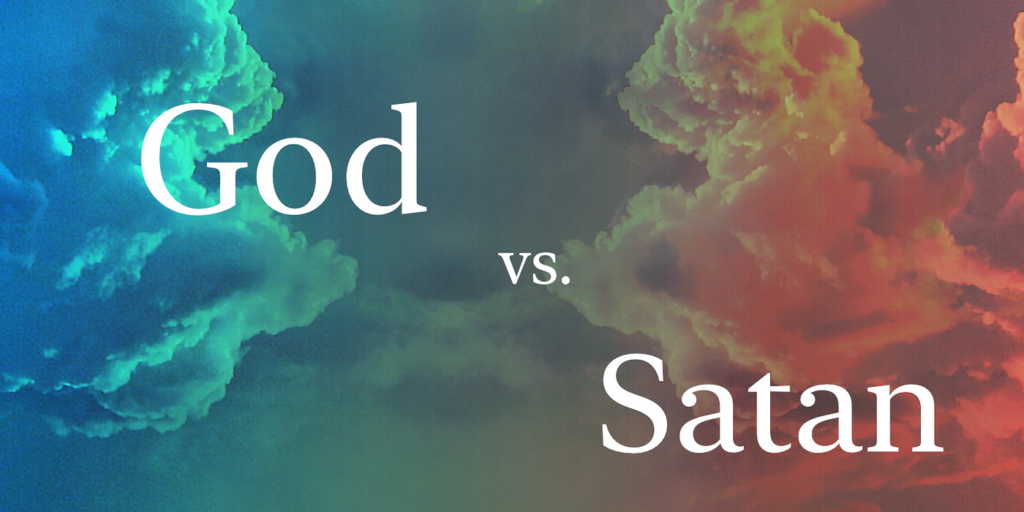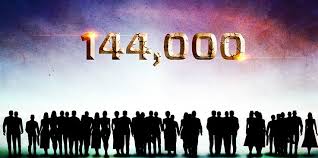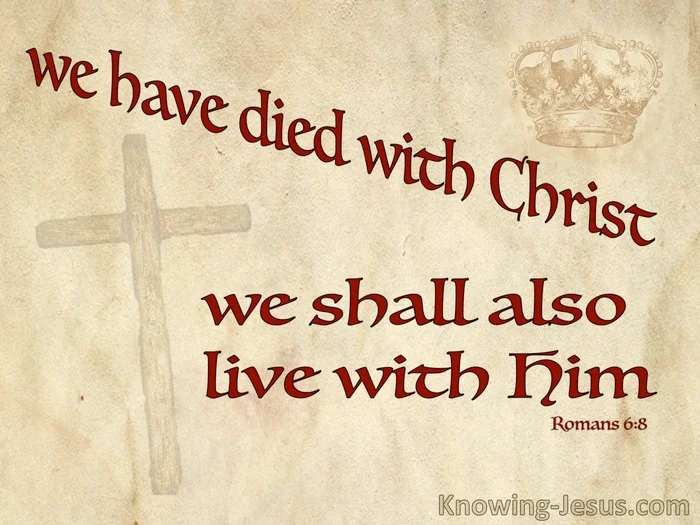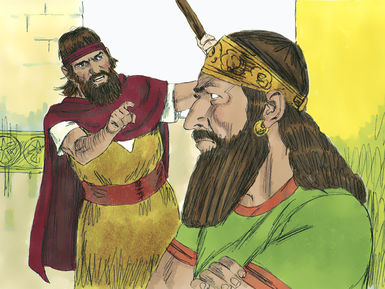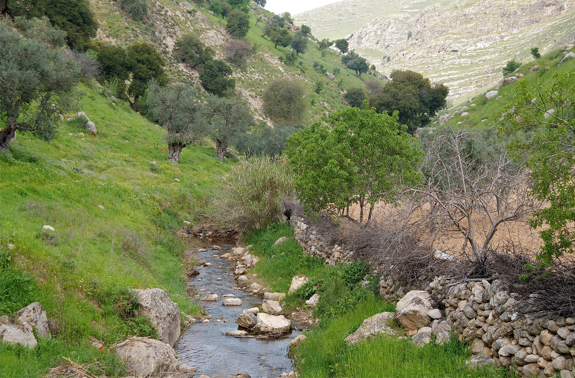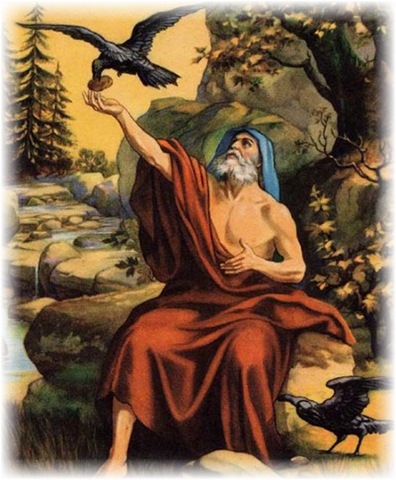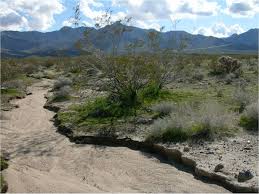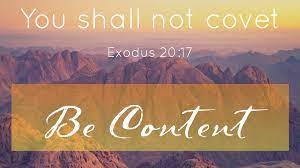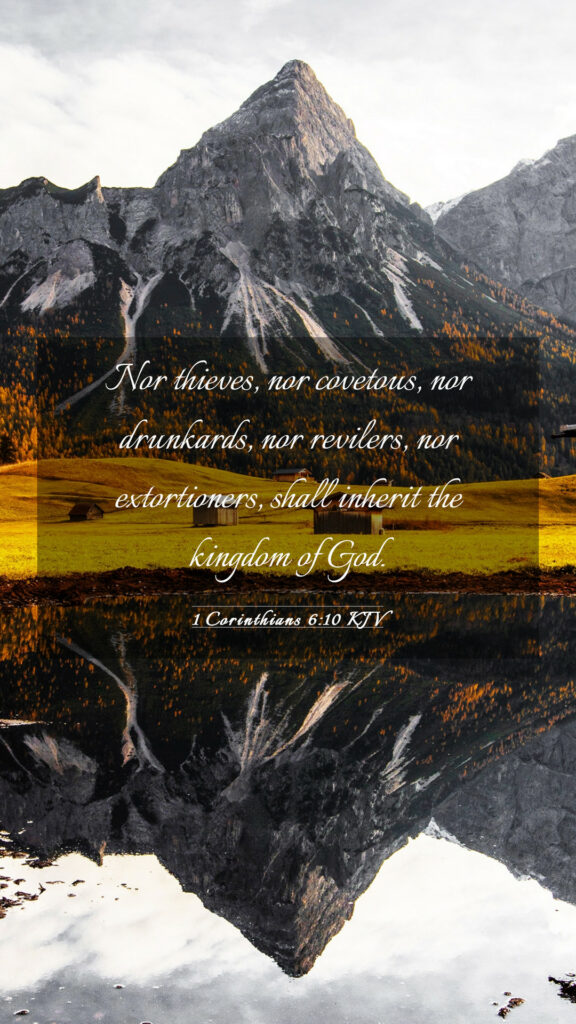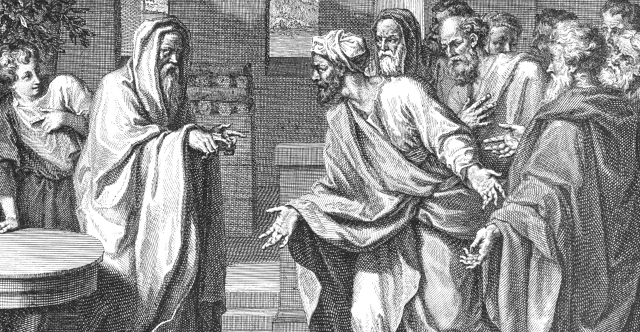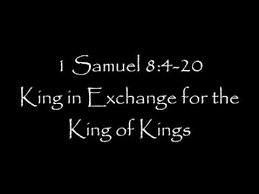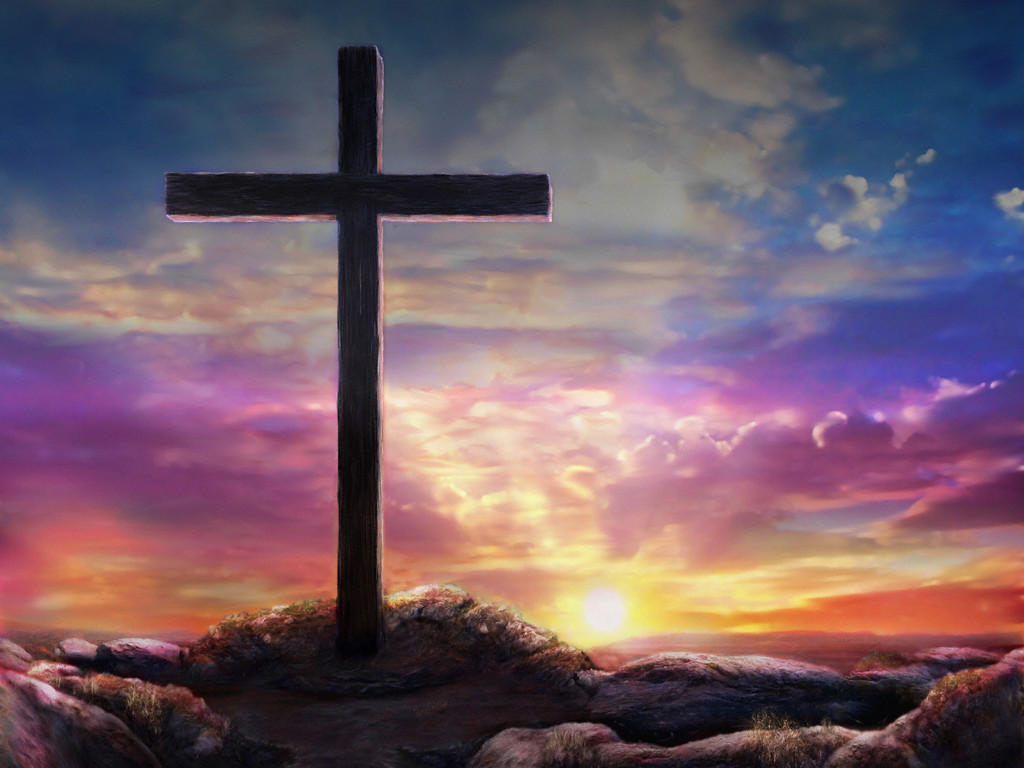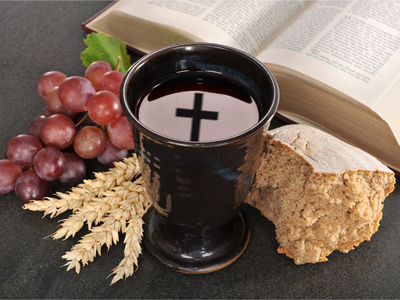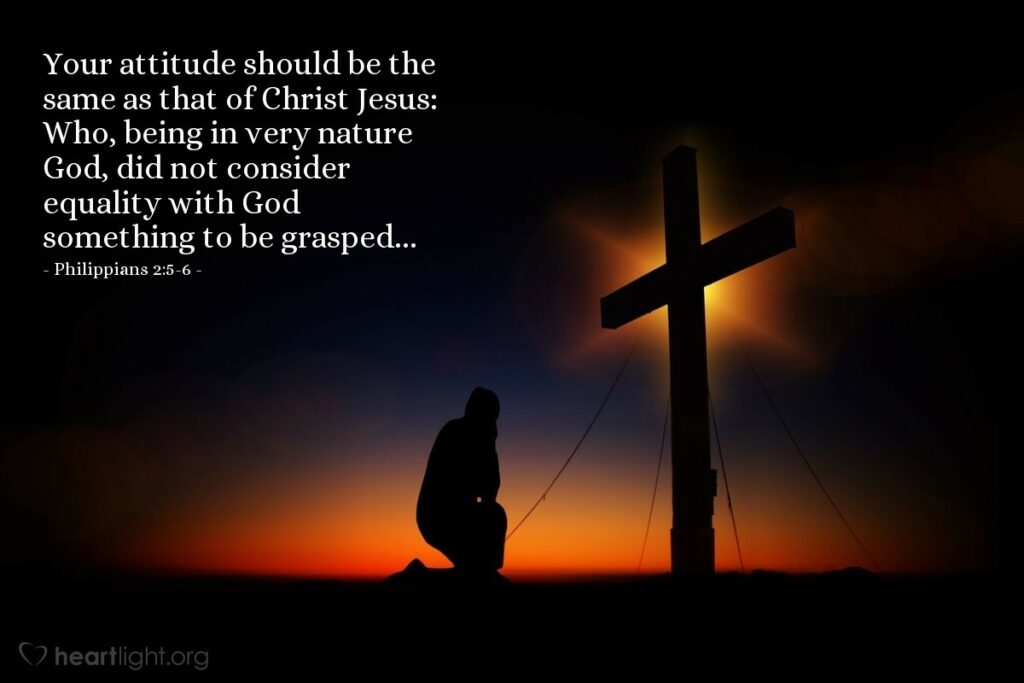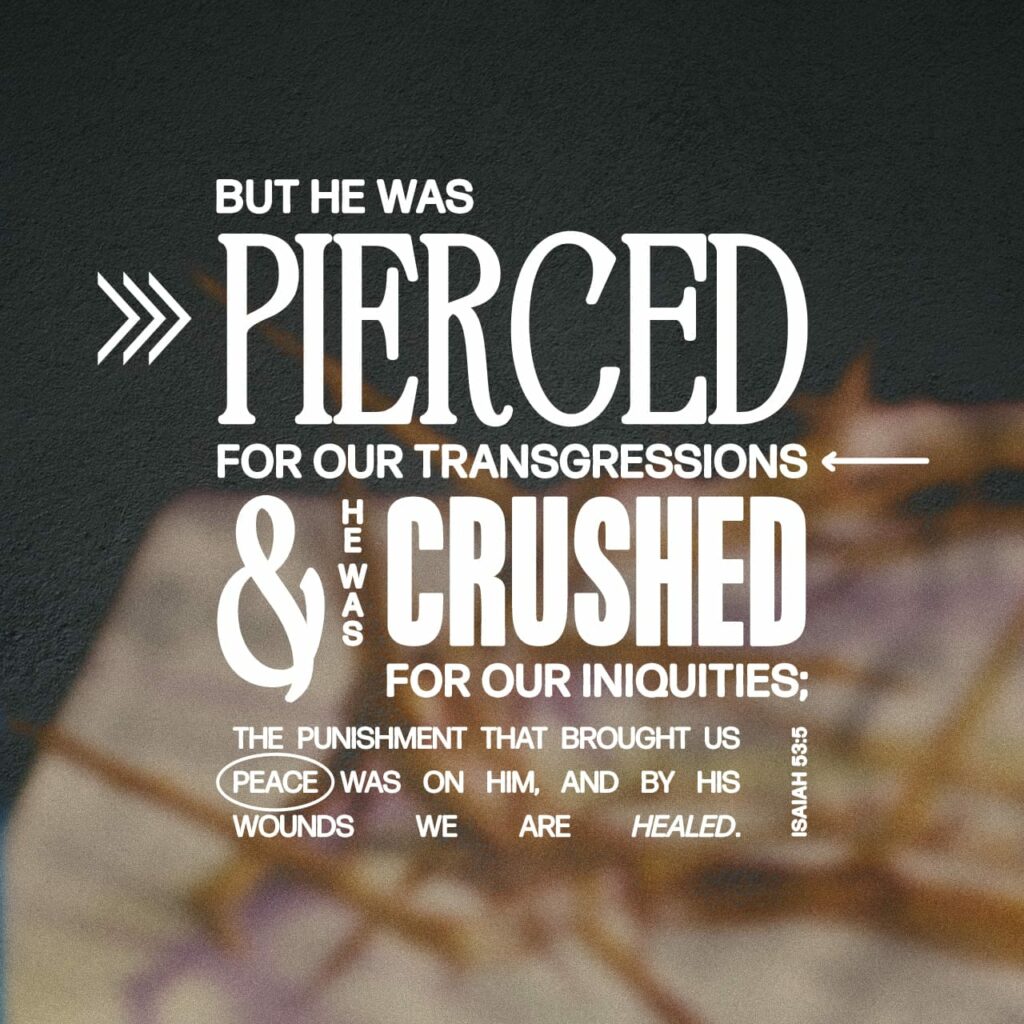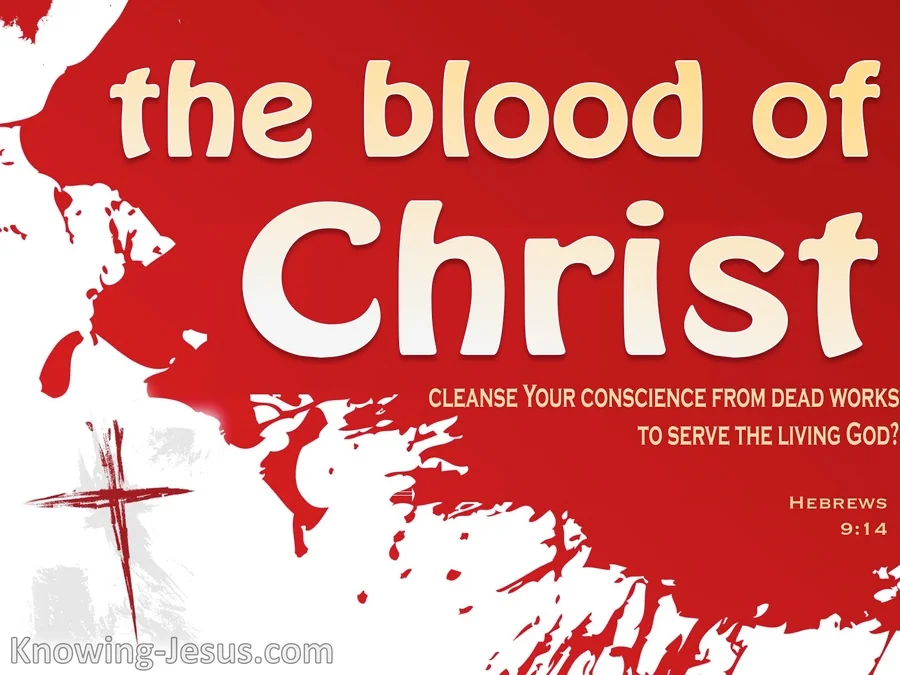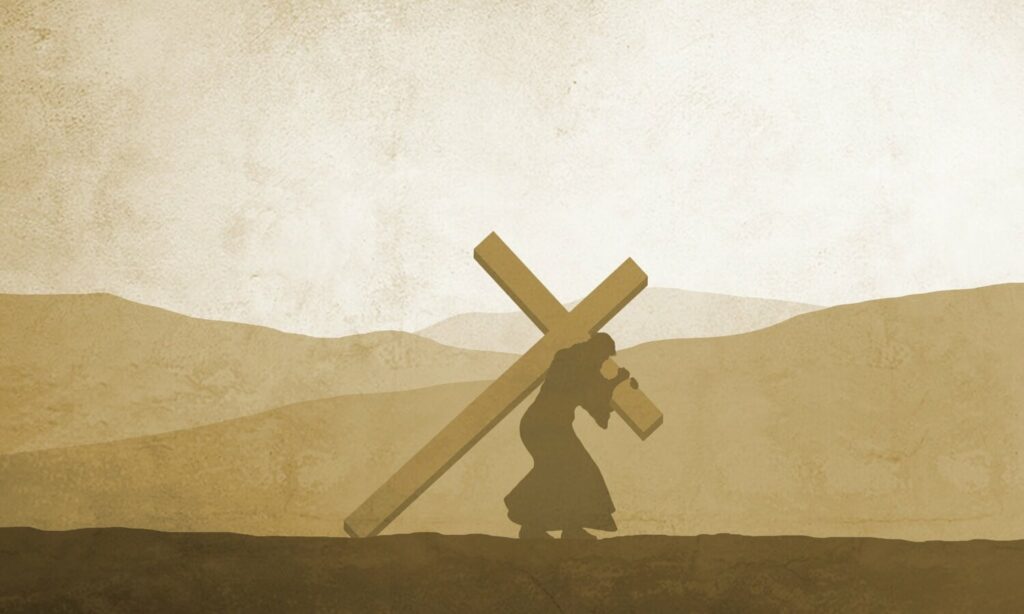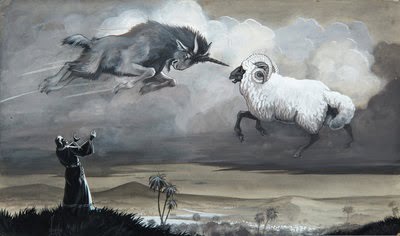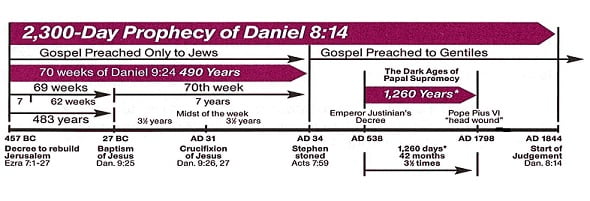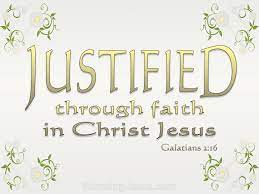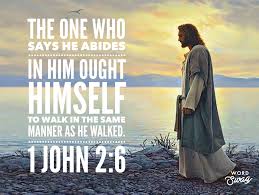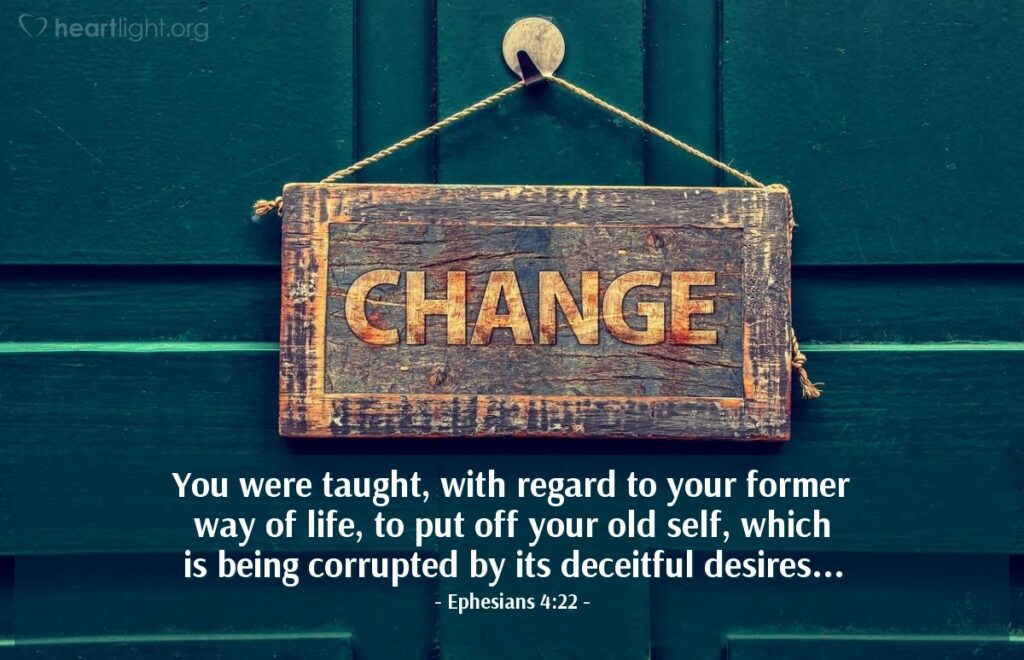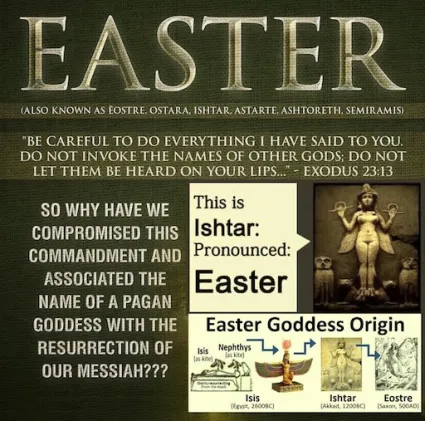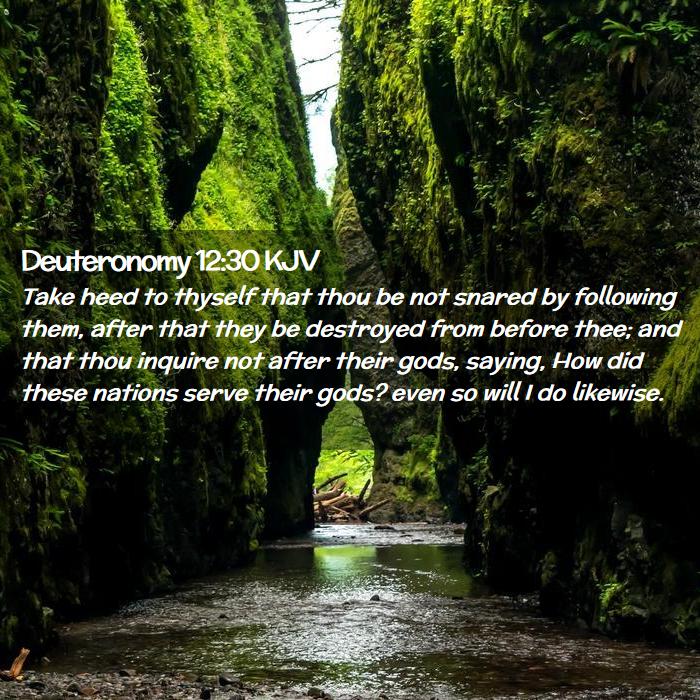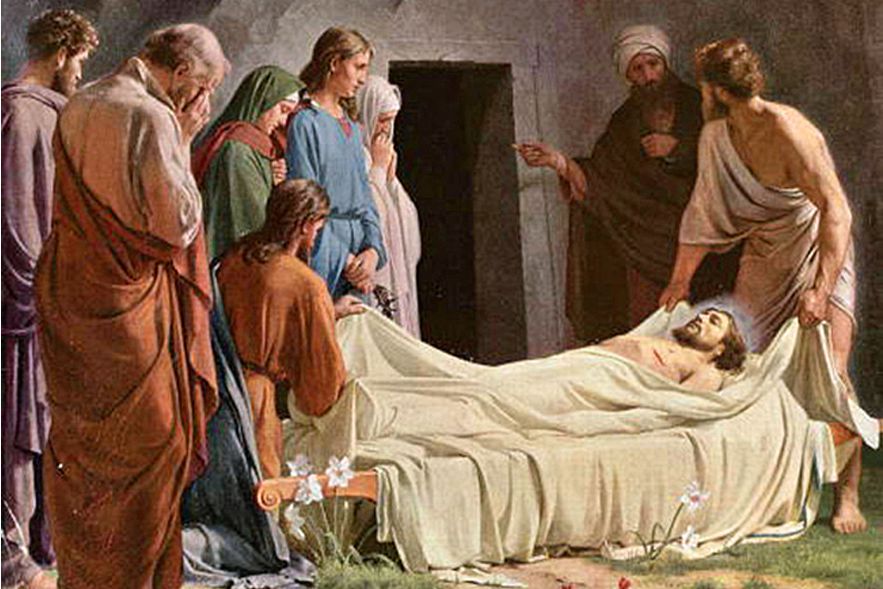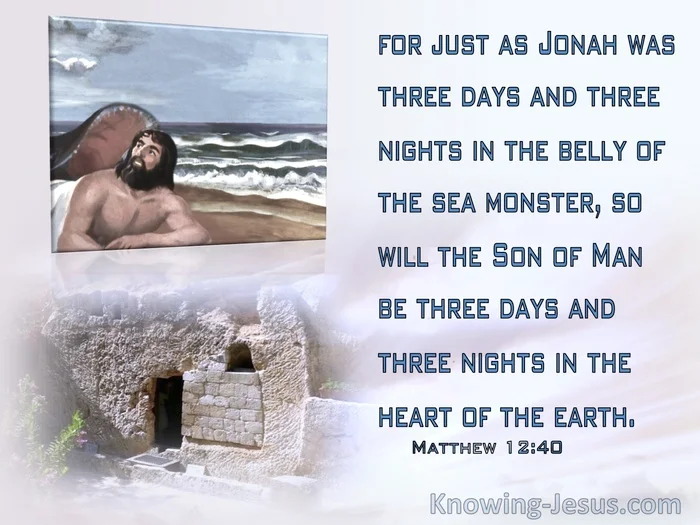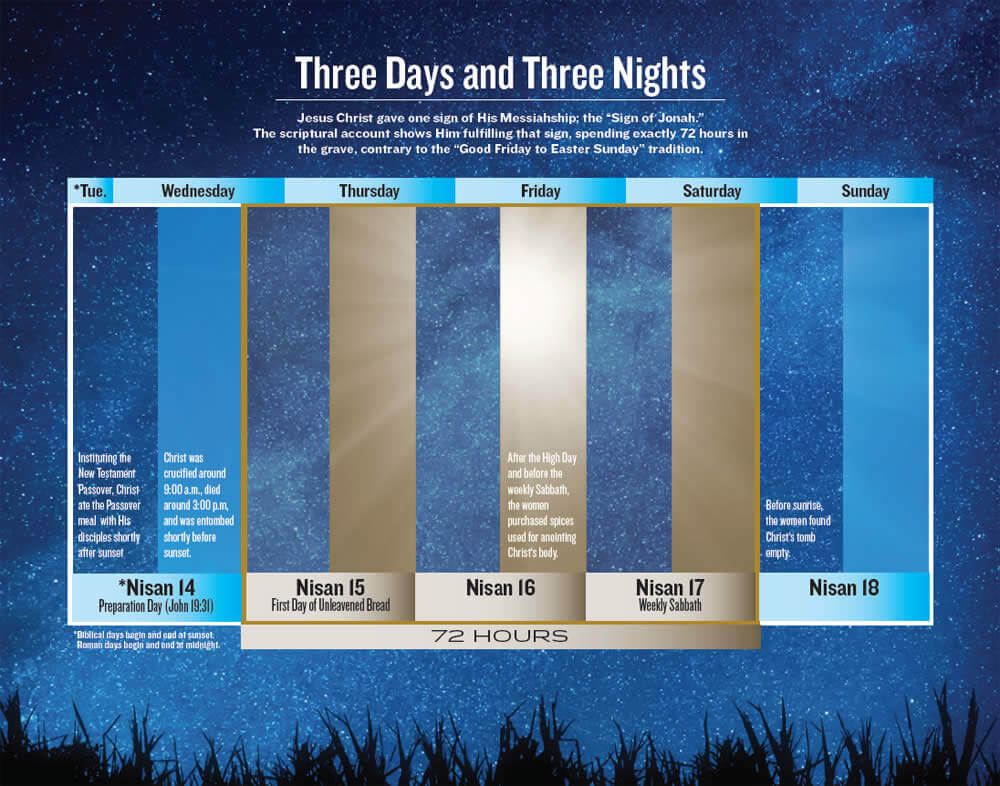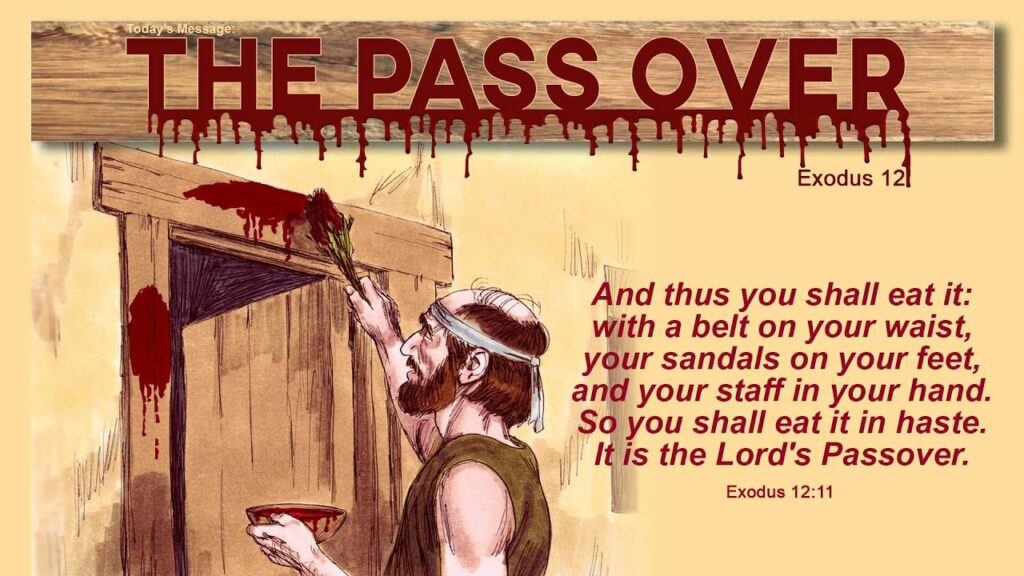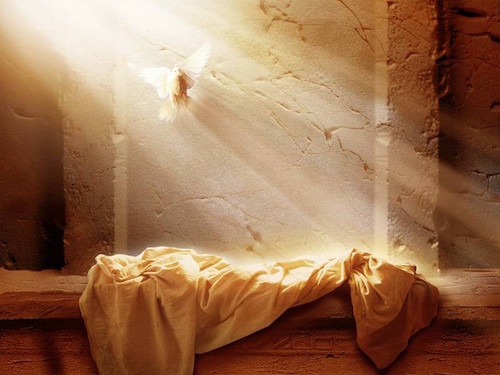The previous article, What is the Beast of Revelation, expounded upon the Apostle John’s vision of a beast arising from the sea. However, that wasn’t the only thing contained in his vision. His vision also comprised a second beast. Therefore, to complete this vital prophecy, we must look at the second beast of Revelation.
The Beast out of the Earth
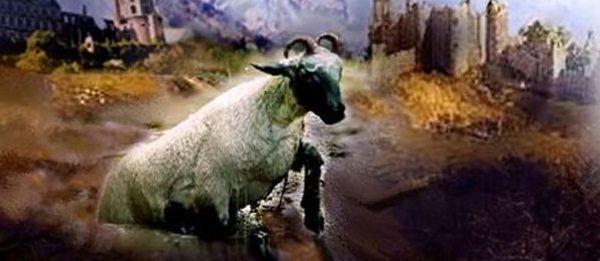
Rev 13:11-17 reads:
11 And I beheld another beast coming up out of the earth; and he had two horns like a lamb, and he spake as a dragon.
12 And he exerciseth all the power of the first beast before him, and causeth the earth and them which dwell therein to worship the first beast, whose deadly wound was healed.
13 And he doeth great wonders, so that he maketh fire come down from heaven on the earth in the sight of men,
14 And deceiveth them that dwell on the earth by the means of those miracles which he had power to do in the sight of the beast; saying to them that dwell on the earth, that they should make an image to the beast, which had the wound by a sword, and did live.
15 And he had power to give life unto the image of the beast, that the image of the beast should both speak, and cause that as many as would not worship the image of the beast should be killed.
16 And he causeth all, both small and great, rich and poor, free and bond, to receive a mark in their right hand, or in their foreheads:
17 And that no man might buy or sell, save he that had the mark, or the name of the beast, or the number of his name.
This beast represents a new kingdom that will play a vital role in the impending events leading to the world’s end.
This beast is unlike the first one described in John’s vision. As we saw in the first article, in Daniel 7 and Revelation 13:1-4, a beast represents a kingdom. This first beast represents the papacy and rose from the sea. In John’s vision, the first beast was a combination of the four beasts in Daniel’s vision, representing four kingdoms, namely Babylon, Med-Persia, Greece, and pagan Rome. All four of these kingdoms and the papacy in Revelation 13 rose from populated areas of the earth. In prophecy, seas represent populated areas. These nations rose through strife and conflict. Wind in prophecy represents strife (Daniel 7:2-3, Rev. 7:1-3).
The kingdom represented by the second beast differs from the kingdoms represented by the first beast in that it rises from the earth. Earth, in prophecy, represents sparsely populated land. Although kingdoms represented by the first beast, Greece, pagan Rome, and papal Rome rose from populated areas of Western Europe, known as the Old World, this new kingdom progressed from a comparatively unpopulated area of the world around the time that the papacy was wounded by the sword and taken into captivity (Rev. 13:10). A new power rose on the landscape of the world.
Secular history reveals that the United States is the only kingdom or nation corresponding to this description and timetable. It rose from the New World known as North America, sparsely populated in the late seventeen hundreds. This new nation had a comparatively peaceful rise to power compared to the prior kingdoms with a violent rise. Further, The Declaration of Independence was signed in 1776, and the United States Constitution was ratified in 1787. While the papacy was leaving the world scene, the United States became the new prophetic kingdom.
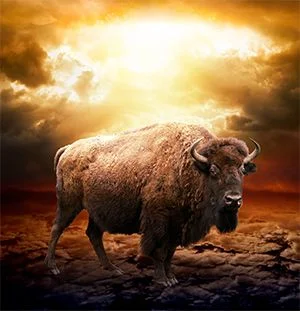
Two Horns
The Scripture says that “he had two horns like a lamb.” The two horns on this second beast represent a significant difference from the first. Horns represent power (Deut. 33:17, 1 Sam. 2:10, 1 Kings 22:11, Habakkuk 3:3-4). It is central to note that these horns do not have crowns upon them. These two lamblike horns on this second beast denote the power the United States functions through. It is not a monarchy or kingdom, which explains the lack of crowns on the horns as opposed to the first beast with ten crowns and ten horns depicting the monarchial kings that empowered the papacy during the 1260 years.
The United States, in comparison, is a constitutional republic enabled by its two lamblike horns. These lamblike horns are pivotal in defining this beast. The lamb is depicted as Jesus Christ (John 1:29, Rev. 5:6, 13:8, 14:1,4, 17:14). These two horns on this beast define it as a prophetic kingdom powered by two horns with Christian principles. While the first beast, the papacy, received its authority and power from Satan, the United States began as a republic with Christian principles. The two horns represent two principles, Republicanism and Protestantism, supporting civil and religious
liberty. These are the principles upon which the United States was founded. These are the principles of Christ.
Spake as a Dragon
Next, the Scripture says, “…and he spake as a dragon.” Even though the United States originated as a nation with Christian principles, eventually, it will commence to speak like a dragon. The dragon is Satan (Rev. 12:9). Therefore, the United States will ultimately abandon its Christian principles, speak like the dragon, and stand by its side.
Verse 12 again reads, “And he exerciseth all the power of the first beast before him, and causeth the earth and them which dwell therein to worship the first beast, whose deadly wound was healed.”
Exercises All Power
It is crucial to note that a nation represents itself through the laws it passes. The papacy claims the authority to change the Sabbath from Saturday to Sunday. Therefore, the United States will speak as a dragon as the papacy did during the 1260 years. The United States will remove Americans’ freedom of religion and enforce Sunday
as the day of worship by passing a law to implement such worship. When this occurs, America will speak as a dragon.
The United States will “exerciseth all the power of the first beast.” The first beast is the papacy, powered by Satan. The US will join in union with the papacy and cause the world to worship this first beast by passing and enforcing the Sunday worship law. The mandate for Sunday won’t come from God but from Satan. There is no Scripture in God’s Word condoning, endorsing, or requiring Sunday worship. When the United States (or any other nation) passes a law against God, it will be operating and exercising the authority of Satan.
When the Sunday law is passed, it will cause the world to worship the papacy, as the Scripture reads, “and causeth the earth and them which dwell therein to worship the first beast, whose deadly wound was healed.”
Verse 13 reads, “And he doeth great wonders, so that he maketh fire come down from heaven on the earth in the sight of men,”
Throughout the Bible, miracles were used as evidence of God’s authority, power, and love. However, in this verse, Satan will use them to deceive.
We see that the first beast will make fire come down from heaven. To accomplish the goal of having the world worship the first beast, the papacy, Protestant America will choose to employ operations to deceive the world that God is involved and sanction the action. These uncanny actions will be for the sole purpose of supporting the ungodly false system of worship.
Verse 14 reads, “Because of the signs he was given power to do on behalf of the first beast, he deceived the inhabitants of the earth. He ordered them to set up an image in honor of the beast who was wounded by the sword and yet lived.” NIV
The second beast gains influence through the signs and wonders that he can perform for the first beast. The second beast orders the people to worship a statue to honor the first beast—directly defying the second commandment (Ex 20:4-6).
When the United States performs supernatural miracles under the masquerade of Christianity, the world will be deceived and follow America by accepting the false worship system it will be promoting.
Accepting Sunday worship will be easy for many as most of Protestant America already observe Sunday
as the day of worship even without any biblical evidence.
The Image and the Mark
The United States of America, Protestant America, heals the wound and resurrects the papacy by passing a Sunday law that unifies church and state. The passing of this law endorses the beast and forms an image of the beast, the papacy. This law will repeat the same unification that occurred during the 1260 years of papacy influence.
Verse 15 reads, “He was given power to give breath to the image of the first beast, so that it could speak and cause all who refused to worship the image to be killed.”
NIV
A nation communicates through its laws. America is a nation of laws and will pass a Sunday law that will give power to the beast, thus providing the life and energy required. Ultimately, individuals who will not worship the beast by worshipping on Sunday will be killed. This action will be the result of a worldwide death decree. The United States will cause “all who refused to worship the image to be killed.”
Verse 16 reads, “He also forced everyone, small and great, rich and poor, free and slave, to receive a mark on his right hand or on his forehead,” NIV It is interesting to note that Satan has to “force”
worship of him. In contrast, God accepts those who worship Him willingly.
Everyone, wealthy or poor, famous or unknown, enslaved or free, will have to receive the mark on his hand or forehead to avoid death. The hand represents our actions; the forehead represents our minds, specifically our frontal lobes, where all thoughts and decisions are made.
Those who choose to receive the mark on their foreheads take on the beast’s character, disobedience to God. Acceptance of the Sunday law is willing disobedience to God and willing obedience to the beast power (Satan). There are only two choices (Matt. 6:24).
Those who accept the mark in their right hand go along with the worship of Satan and the beast by accepting Sunday worship, even if not in their minds. Any compliance with Sunday worship is acceptance of the mark of the beast. The mark of the beast is false worship.
Lastly, verse 17 reads, “so that no one could buy or sell unless he had the mark, which is the name of the beast or the number of his name.” NIV
Without the mark, no one can buy or sell anything. This mandate won’t be difficult to enforce in today’s digital world, where everything is increasingly being monitored. This directive will put overwhelming pressure on the world to accept the mark. Without the ability to buy or sell, it becomes an issue of self-preservation. It will be impossible for one to sustain oneself without the ability to purchase food and provide shelter.
Even so, those who receive the mark of the beast will receive the wrath of God poured out without mixture (Rev. 14:9-10).
Conclusion
This timetable of events is hard to fathom; how the great United States of America can partake in such damnable actions. But it is prophesied in the Word of God. Prophecy is history foretold, and history is prophecy fulfilled.
The arrival of the United States, speaking as a dragon, is futuristic. It will include intolerance, persecution, and ultimately, the worship of the papacy with the institution of Sunday holiness. It doesn’t take much observation to see that the process has already begun.
When this law is passed, it will be a clear indication that the end is imminent.
The issue has always been worship. Satan wants the world to worship him instead of God. This fact was clearly evident when he tried to tempt Jesus. In Matt 4:8-9 it reads, “Again, the devil taketh him up into an exceeding high mountain, and sheweth him all the kingdoms of the world, and the glory of them; And saith unto him, All these things will I give thee, if thou wilt fall down and worship me.” Worship is Satan’s highest priority and is the catalyst for spiritual warfare.
Satan is tempting the world today to worship him instead of God. Christians must stand strong, obey God’s commandments, and practice righteousness because the time is coming when we or those after us will have to choose between worshipping God on the sixth day or worshipping Satan on the first day.
Amen
Questions, comments, and concerns may be left below.
Blessings
